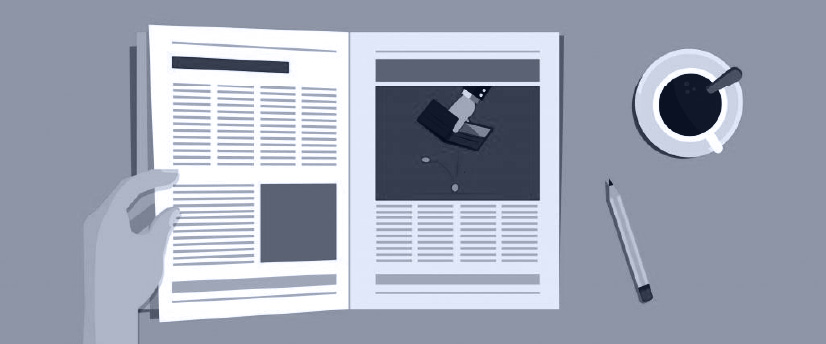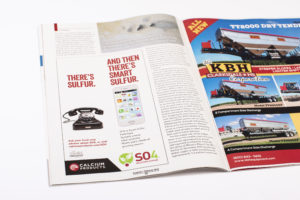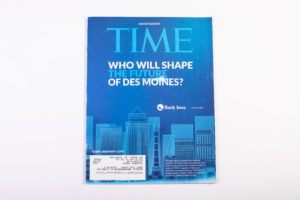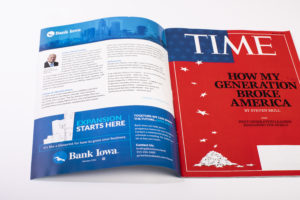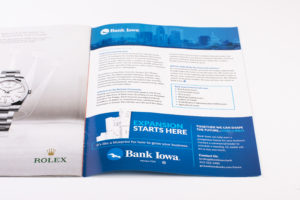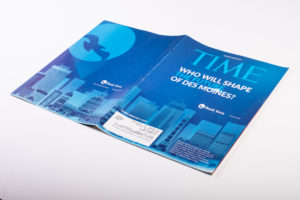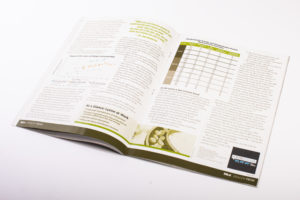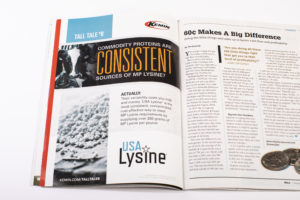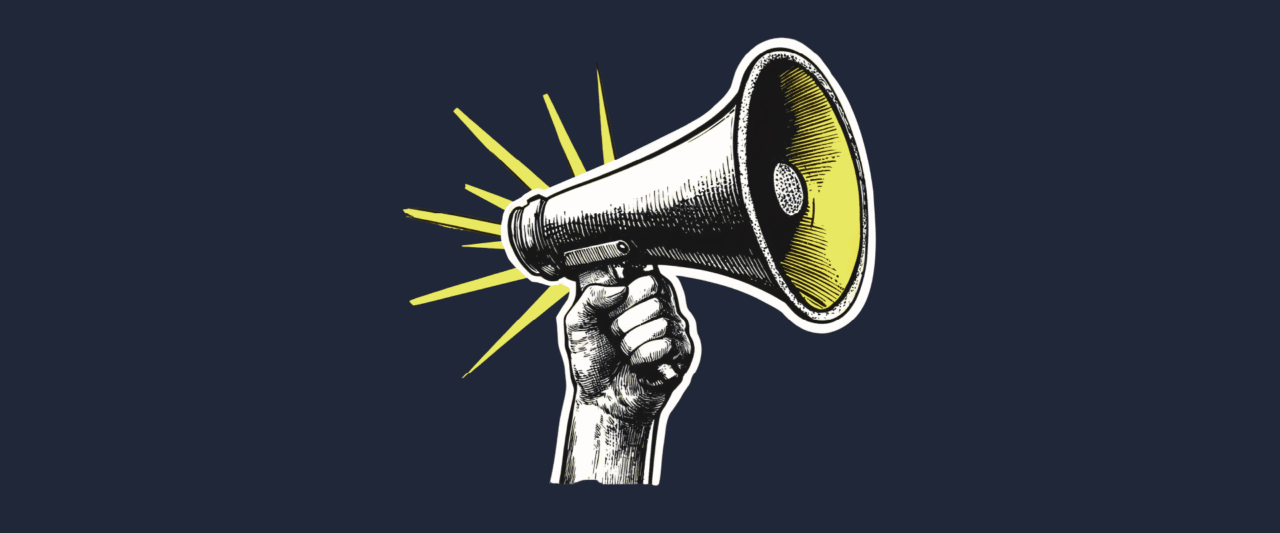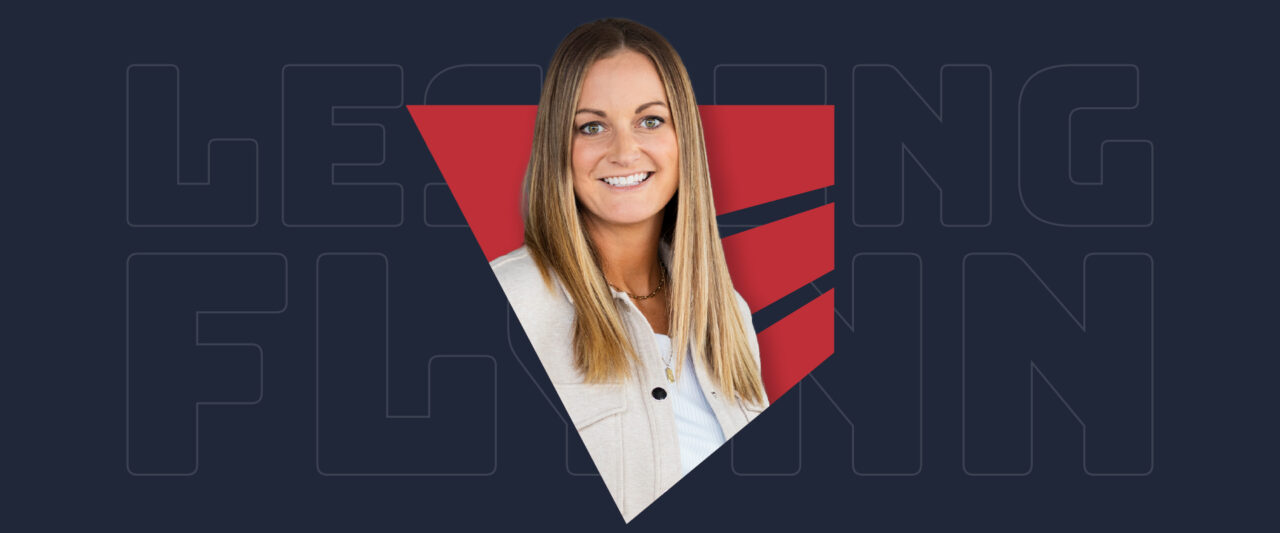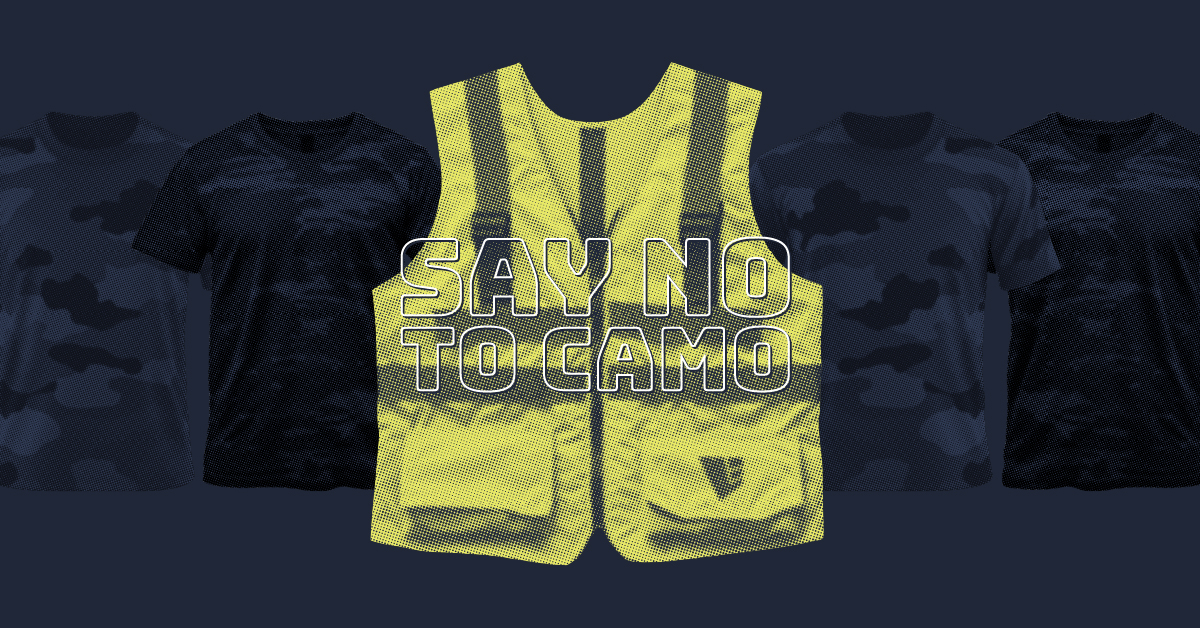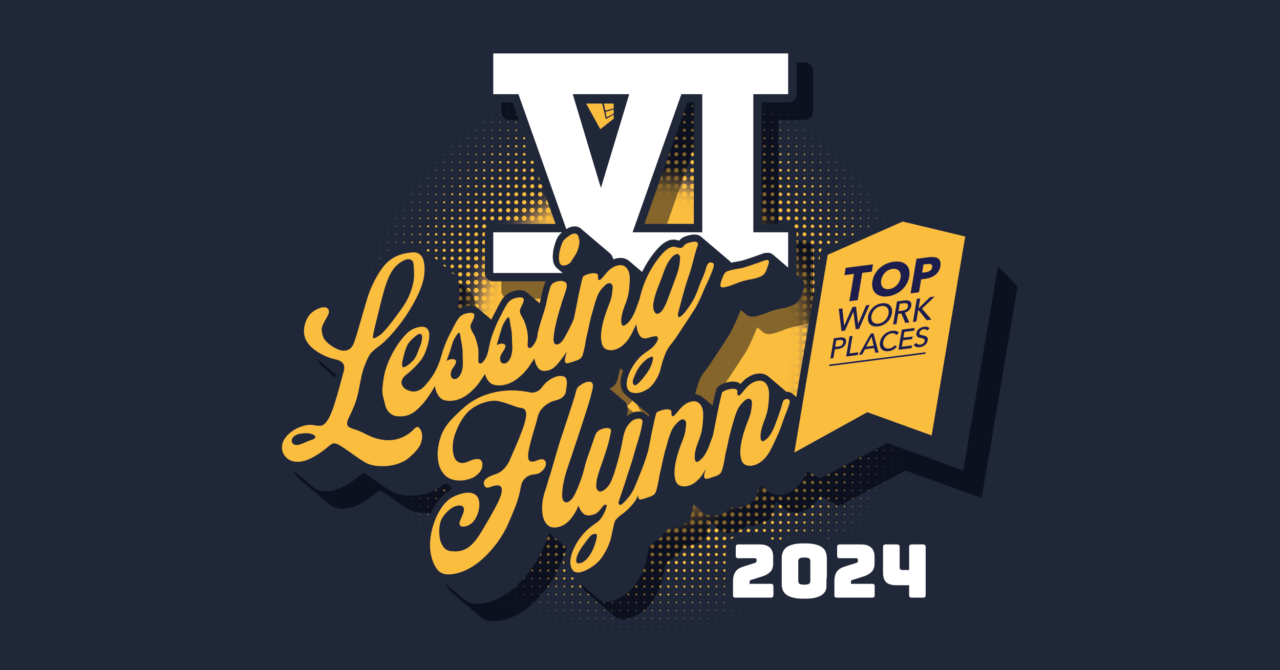Print ads are not dead
Every year, when media planning season ramps up and the upcoming year’s goals are outlined, I hear: “Let’s reduce our print media advertising budget. I’d like to see a heavier digital approach.” Which opens the door to my follow-up question: “Why?”
Straight from the media buying trenches
Clients are becoming more risk-averse with digital media. As media budgets have gotten tighter (or remained flat), the desire to reach a larger audience at a higher frequency through digital advertising just makes sense — it’s economical. Plus, with great reporting, digital tells a great story. Not only can we tell you the reach and engagement, but if we use UTM codes, we can tell you what individuals are doing past the click.
This migrates the success of the media strategy away from the last click attribution model and tells the story of brand engagement before action. And let’s face it, QR codes are dead and everyone is avoiding your unique URL, which are standard ways brands try and judge the success of print media advertising. Potential customers are going straight to Google to search for you, which can skew ROI calculations.
>> Also read: “Making the Move to Digital Advertising“
The print audience is still there
“It sounds like I’m correct to want a heavy digital approach, Shannon. Where are you going with this?” — All of you.
Not so fast.
We all know print media advertising is more expensive. Not only are you paying for a specific audience, but you are paying for the printing cost and the contextual editorial relevancy to your product or service. But for many of our clients, print ads still come out as the number one medium consumed in their industry. So, while it can be more expensive, the audience is still there and still consuming.
“At Meredith Agrimedia, we continually invest in research and insights. Ag magazines rank as the highest form of media consumption for farmers. In our 2017 Farmers’ Use of Media study, we saw that 99 percent of the farmers who responded utilize ag magazines as an information source for agricultural products or services.” — Tyler Smith (Meredith Agrimedia)
Print media advertising is brand awareness advertising
Print ads in their most basic form are used as a brand awareness tactic and have been since the 1700s. Because all advertising requires a healthy frequency to elicit brand awareness (industry average is about three-to-four times) print becomes more expensive at a rapid rate. But if your audience is there, why should you care?
“While there are many options for media placements, print ads can still move the needle. This has been confirmed time and time again whenever research is released about media consumption in the ag sector, regardless of age. The ag industry is very hands-on and tactile in nature, so it’s only natural that ag audiences often prefer getting information from things they can physically hold like print publications.” — Leah Mindemann (Farm Journal)
Digital may be on the rise, but print is staying steady. Consumers are now consulting multiple forms of media to make informed buying decisions. Even if you don’t agree that print ads still hold great value, abandoning one channel in favor of the other should be done slowly and tested so your audience doesn’t think you ghosted them. Additionally, the mix of mediums can be determined by the goal of your media and your expected outcomes.
Let’s revisit your media budget
Your media buyer will (and should) help you establish your intended audience goals. Below are some approaches and tactics we have executed to make the most of print media advertising dollars — many of these have been placed in favor of a standard frequency print buy.
1. Still present, print ad approach
If you are used to doing full page print ads but foresee a budget reduction, look into half page islands (standard size magazines) and junior pages (tabloid sized publications). These reduce your ad size but allow text from editorial to wrap around it. Additionally, these are typically slated toward the front of the book and are not surrounding or stacked with other advertisers.
2. Demonstrating thought leadership
If you already produce great content and invest in native digital advertising, advertorials are coming back in style. It’s the old-school version of native advertising. These are written and laid out by the advertiser and can be purchased in different standard ad unit sizes.
Additionally, you should consider partner pieces with your publisher. They pair an editor and an advertiser industry expert to write a piece. These can be editorial only or can be paired with ads to make a feature section. Because the publisher manages the design and layout, and it’s written by one of their editors these pieces come with the added credibility and authority of the editor.
3. Announcements/promotions
Launching a new product or have a killer promotion coming up? Consider hitting your audience with a bellyband, a custom cover wrap or a front cover barn door. Consider inserts and tangible coupon offers that customers can directly redeem. Use custom coupon codes to count redemptions and track them by location. Because these tactics are higher impact, you can get away with a one-time frequency that elicits awareness and action. While the price up-front is steeper, it is usually more cost effective than a standard print frequency buy and often times drives a desired action outside of brand awareness.
You’ve got this — don’t let me down
Today there are an unlimited number of ways to reach an audience (or even an individual) with your message. Doing it in the most effective way is the trick. Hiring an expert to sort through and vet all of the options can be well worth it and will lead to a better return on your media investment. Be sure to contact Lessing-Flynn if you ever need help with strategic media buying decisions.
Print examples
Originally posted March 26, 2019
LF Newsletter Alert
Want Lessing-Flynn to rock the socks off your inbox with insights and more?
